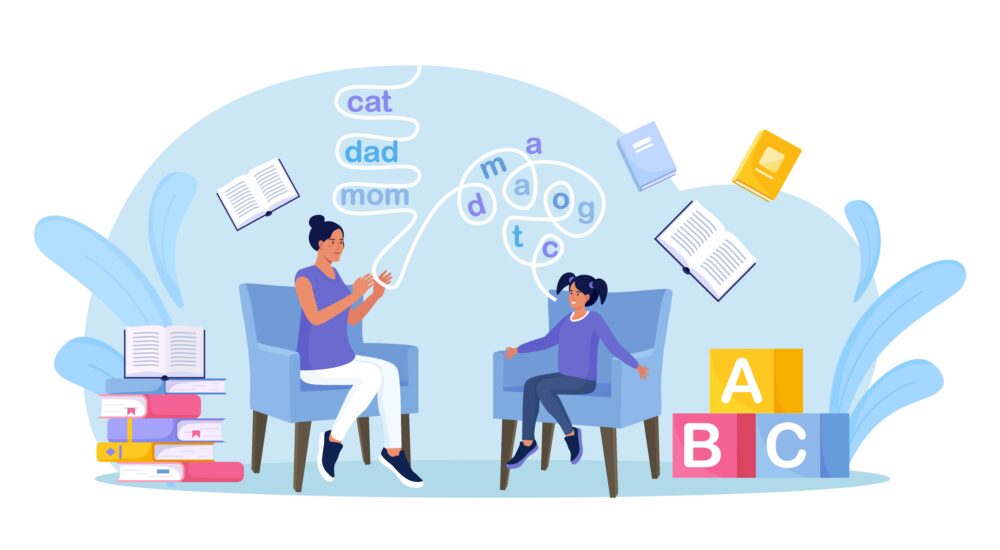From children learning to speak to adults recovering from a stroke, speech therapy is pivotal in enhancing communication skills and improving the overall quality of life. Let’s delve into speech therapy, exploring what it entails and how and when it’s most beneficial.
Speech therapy, or speech-language pathology, is a specialized field that diagnoses and treats communication disorders. These disorders include speech, language, voice, fluency (stuttering), and swallowing difficulties. Speech therapists, or speech-language pathologists (SLPs), assess, diagnose, and provide interventions to individuals of all ages with these challenges.
How is Speech Therapy Used?
- Assessment:
- The journey begins with a thorough assessment conducted by a certified speech-language pathologist. This evaluation involves gathering information about the individual’s medical history, communication skills, and existing challenges.
- Various standardized tests, observations, and interviews may be utilized to assess speech, language, cognition, and swallowing abilities.
- Individualized Treatment Plans:
- Based on the assessment findings, the SLP develops a tailored treatment plan to address the individual’s needs and goals.
- Treatment plans may include a combination of exercises, activities, techniques, and strategies to improve communication skills.
- Targeted Interventions:
- Speech therapy interventions target different aspects of communication disorders:
- Articulation therapy focuses on improving speech sound production.
- Language therapy addresses comprehension, expression, and literacy skills.
- Voice therapy targets vocal quality, pitch, and resonance.
- Fluency therapy assists individuals in managing stuttering or cluttering.
- Swallowing therapy aims to enhance safe and efficient swallowing function.
- Speech therapy interventions target different aspects of communication disorders:
- Communication Enhancement:
- Beyond addressing deficits, speech therapy enhances communication by teaching alternative communication methods such as sign language, augmentative and alternative communication (AAC) devices, or communication boards.
- Social communication skills, including pragmatics and social interaction, are also emphasized to facilitate meaningful interactions in various contexts.

Interventions
- Early Intervention:
- It is often initiated during early childhood for infants and toddlers exhibiting delays or disorders in speech and language development.
- Early intervention maximizes the potential for improved communication skills and reduces the risk of academic and social challenges later in life.
- Developmental Disorders:
- Children with developmental disorders such as autism spectrum disorder (ASD), Down syndrome, or cerebral palsy may benefit from speech therapy to address communication difficulties and promote socialization.
- Speech and Language Disorders:
- Individuals with speech sound disorders (e.g., articulation or phonological disorders), language disorders (e.g., receptive or expressive language delays), or fluency disorders (e.g., stuttering) can benefit from targeted interventions.
- Neurological Conditions:
- Stroke survivors, individuals with traumatic brain injury (TBI), Parkinson’s disease, multiple sclerosis (MS), or other neurological conditions may experience speech, language, or swallowing impairments necessitating for rehabilitation and recovery.
- Voice and Swallowing Disorders:
- Professionals such as singers, teachers, or individuals with vocal nodules or swallowing difficulties may seek speech therapy to optimize vocal function and swallowing safety.
Conclusion
Speech therapy is not merely about correcting speech impediments but empowering individuals to communicate effectively and confidently. It offers support, guidance, and hope, whether a child struggling to form words, an adult regaining speech after a stroke, or a senior managing swallowing difficulties.
Ready to begin? Start your online therapy journey today. Book your first session now.




